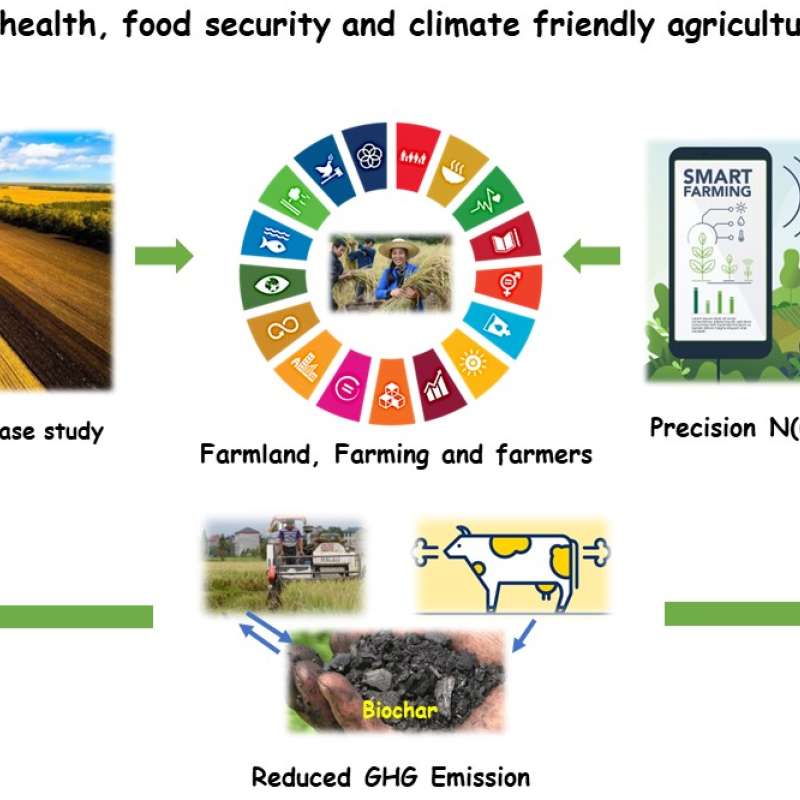Junbin Zhao
Research Scientist
Biography
My work ranges from plant level ecophysiological processes to ecosystem level carbon, water and energy balance. I am particularly interested in the impact of climate change (including relevant extreme events, e.g., drought, flooding, snow storm, etc.) on these processes and their climate feedbacks. I use many state-of-the-art techniques in my research work, including eddy covariance for ecosystem level gas exchange observations, automatic static/dynamic chambers for plot-level or whole-plant-level gas exchange measurements and machine learning models for data analysis and prediction.
__________________________________________________
Professional appointments
2019 – present Research Scientist Norwegian Institute of Bioeconomy Research (NIBIO)
2016 – 2019 Postdoctoral associate Florida International University (FIU)
2013 – 2015 Postdoctoral researcher Swedish University of Agricultural Sciences (SLU)
__________________________________________________
Education
2013 Ph. D University of Chinese Academy of Sciences, Beijing, China
2011 – 2012 Visiting Ph.D student Max Planck Institute for Biogeochemistry, Jena, Germany
2007 B. S. Yunnan University, Kunming, China
Authors
Igor A. Yakovlev Thiago Inagaki Junbin Zhao Pierre-Adrien Rivier Hege Særvold Steen Inger Heldal Daniel Rasse Jihong Liu Clarke Nicholas ClarkeAbstract
No abstract has been registered
Authors
Junbin Zhao Mikhail Mastepanov Cornelya Klutsch Hanna Marika Silvennoinen David Kniha Svein Wara Runar KjærAbstract
No abstract has been registered
Authors
Junbin Zhao Simon Weldon Alexandra Barthelmes Erin Swails Kristell Hergoualc’h Ülo Mander Chunjing Qiu John Connolly Whendee L. Silver David I. CampbellAbstract
No abstract has been registered

